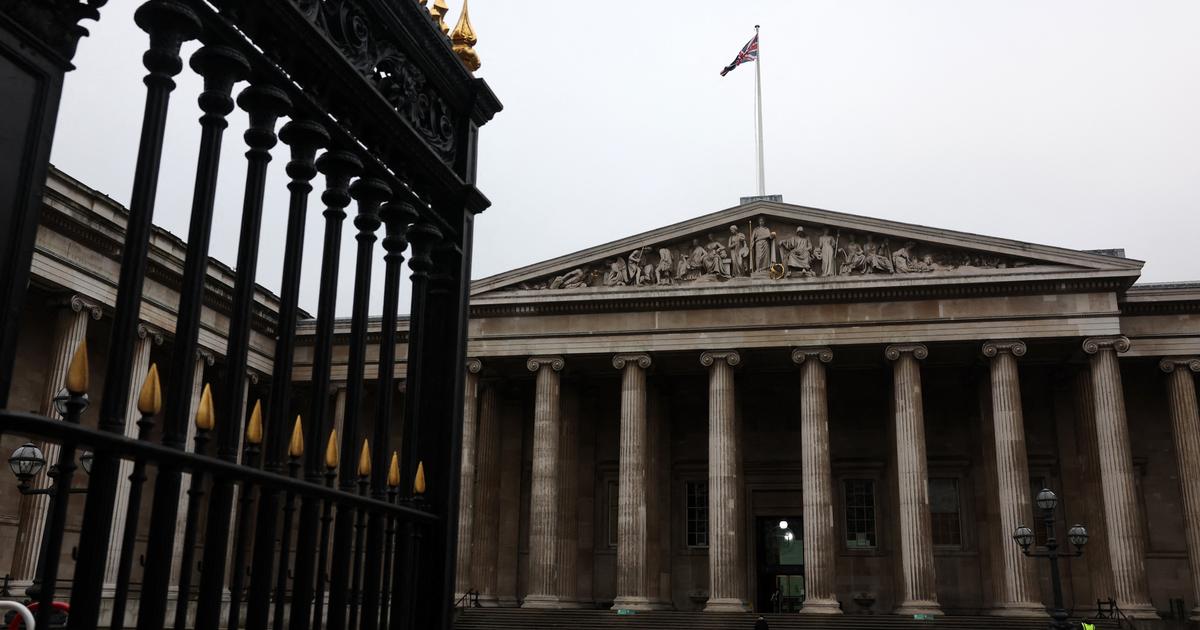- Click to share on Facebook (Opens in a new window)
- Click to share on Twitter (Opens in a new window)
- Click here to share on LinkedIn (Opens in a new window)
- Click to email a friend (Opens in a new window)
(CNN Spanish) - More than 230 objects made with materials considered sacred in pre-Hispanic times, which were found in Tomb 7 of Monte Albán, an archaeological site located in Oaxaca, in central Mexico, are being restored by a team of experts of the National Cultural Heritage Conservation Coordination (CNCPC).
The pieces are considered as "the origin of the richest treasure in America", and their origins date back more than 730 years, when the union between "a lord of the Zaachila dynasty and a Mixtec lady" occurred, according to the National Institute of Anthropology and History (INAH).
- MIRA Discover the first pre-Hispanic temple in Mexico
The union between “Mr. 5 Flor, from the Zaachila dynasty, with the princess of the Mixtec kingdom of Teozacualco, Mrs. 4 Rabbit 'Quetzal'”, occurred between the years 1200 and 1400 after Christ; The woman, according to INAH, would have reused Tomb 7 as a sanctuary to deposit the tnani , blanket wrappers where ancestral relics were grouped with effigies of deities and objects of great value, which are made with materials such as gold, silver , rock crystal, jade, turquoise, shell, snails, obsidian, jet, amber, pearls.
The treasure of Tomb 7 was discovered by archaeologist Alfonso Caso, in 1932, and has been restored three times: in its discovery almost 90 years ago, in 1994 and now, in a study that “encompasses the study, registration, restoration and preventive conservation of the acquis, ”says INAH.
These treasures are currently exposed in room III, known as Tomb 7, of the Museum of Cultures of Oaxaca.
“The diagnosis showed superficial and structural deterioration, which affected the materiality of the pieces, among them, remains of earth concretions and saline veils, generated during the time they were deposited in the burial chamber. Such sediments were partially removed in previous cleaning work, but some remained attached and interfered with their appreciation, ”explained the restorer Sara Fernández, who for six years has been at the forefront of the conservation of these pieces.
- READ: Mexican archaeologists discover remains of a second child sacrifice to Huitzilopochtli, god of war
“The incredible variety of constituent materials and ornamental objects are a transcendental 'treasure' for the history of societies, archeology and conservation, not only Mexican but worldwide. Wherever you look is a job that, to undertake it, required many previous studies and analyzes, ”adds Fernández, who along with his team has collected information to identify and“ mitigate ”various processes that have altered the relics during the time they were In the funeral chamber. That is why a restoration process was necessary, so that in the end the public can “admire the details” of these pre-Hispanic pieces “and their color properties, reflective power, polished finish and decoration,” according to a statement from INAH.






